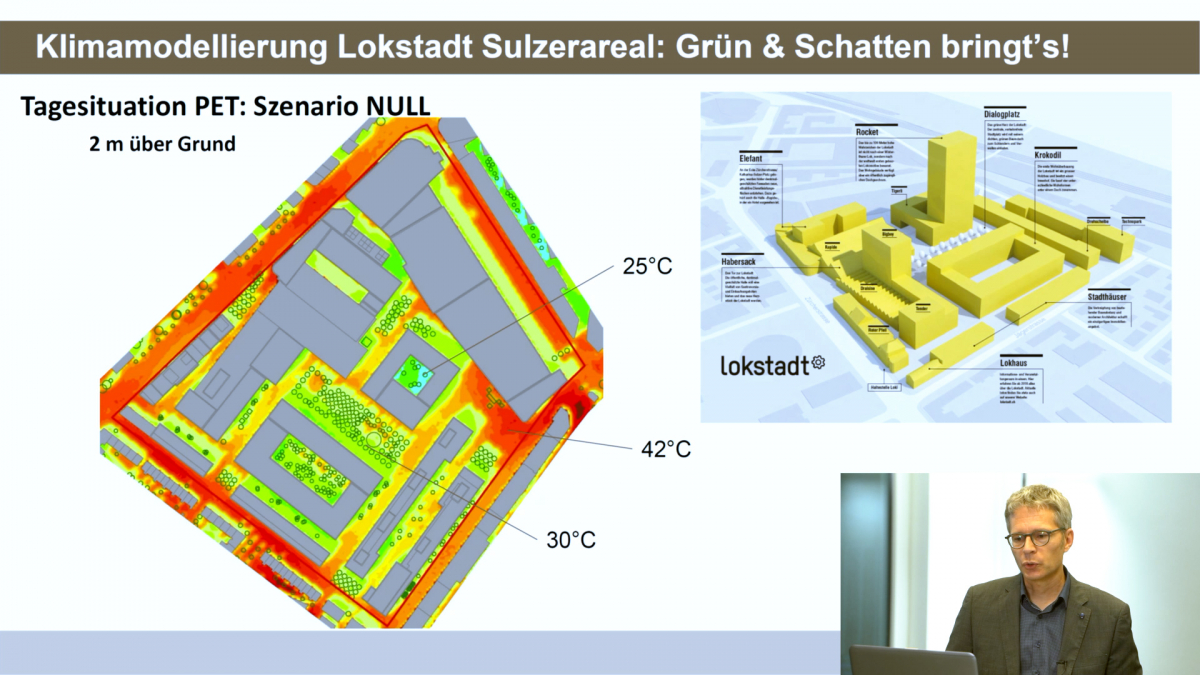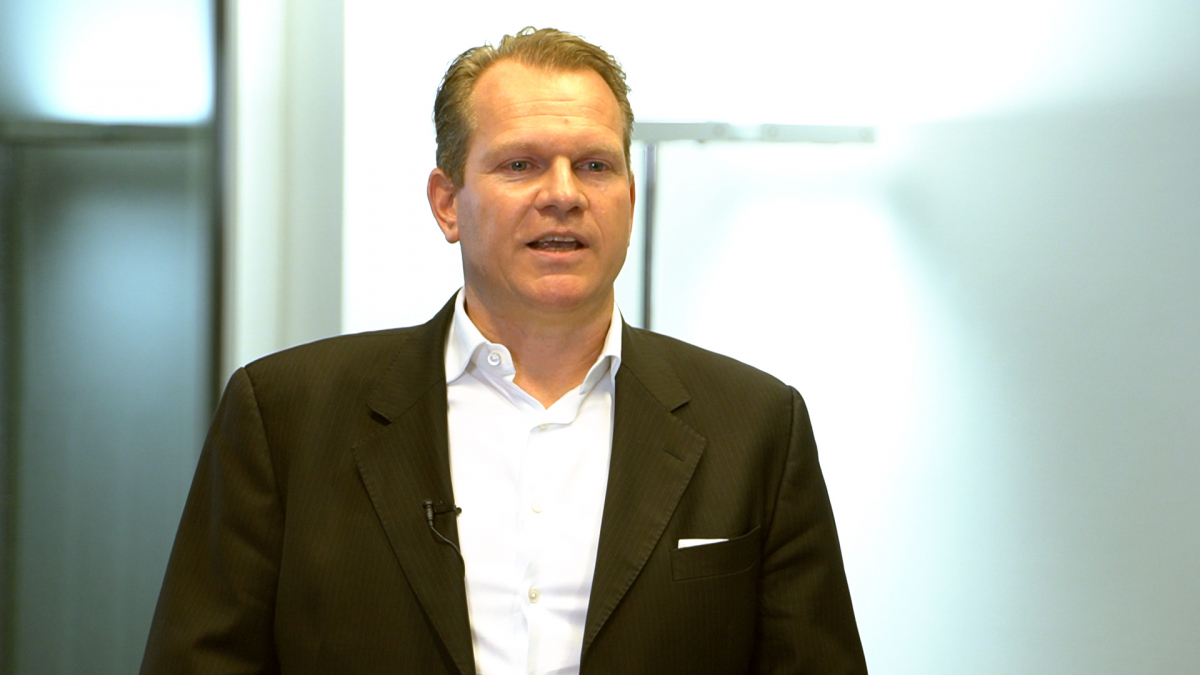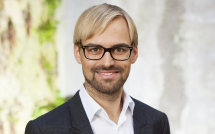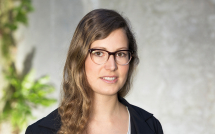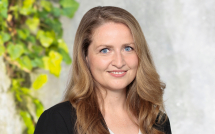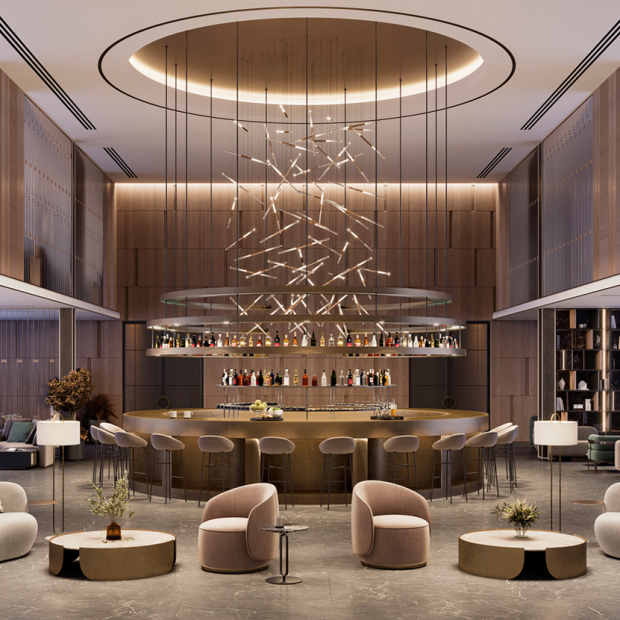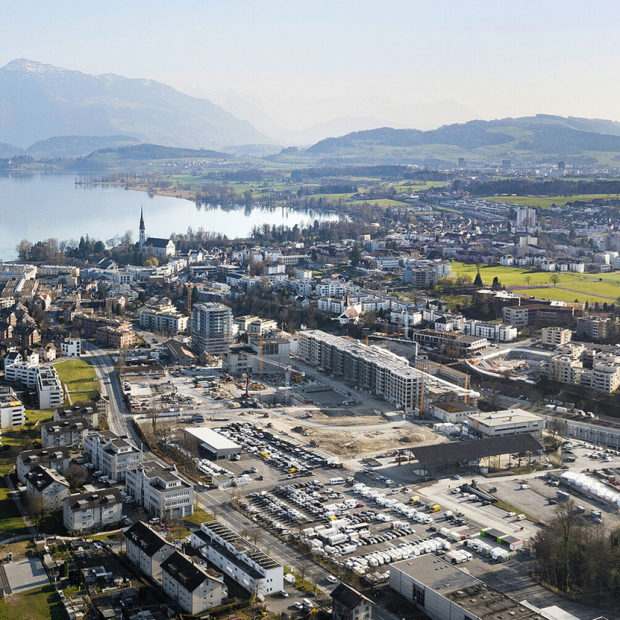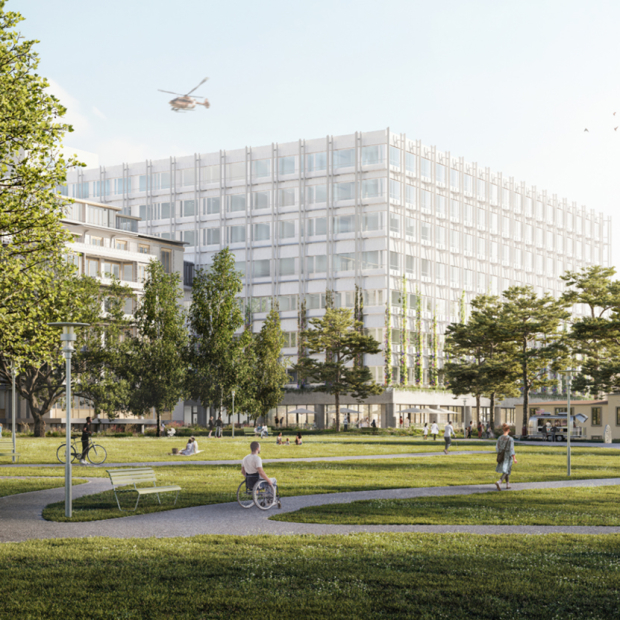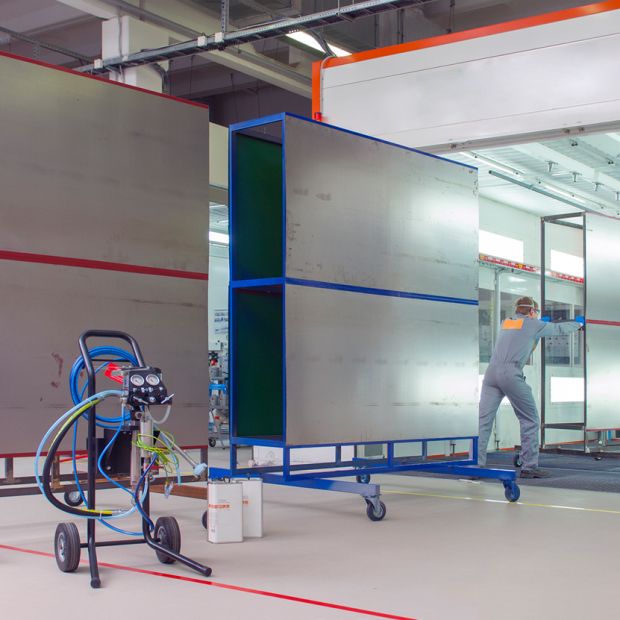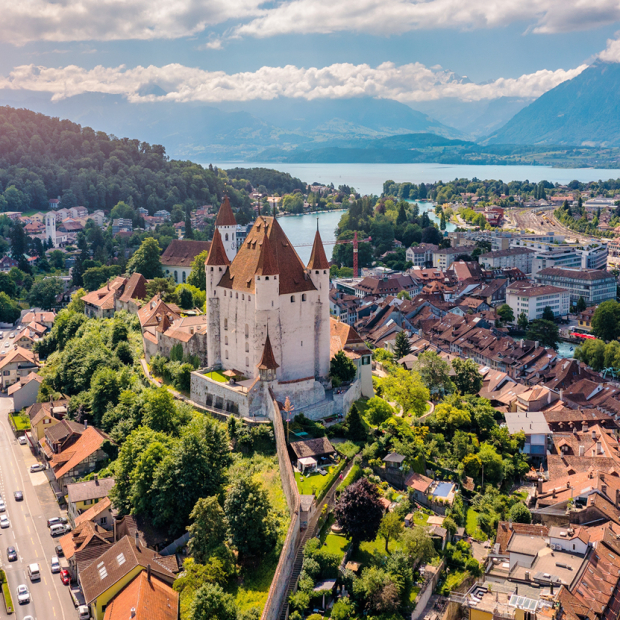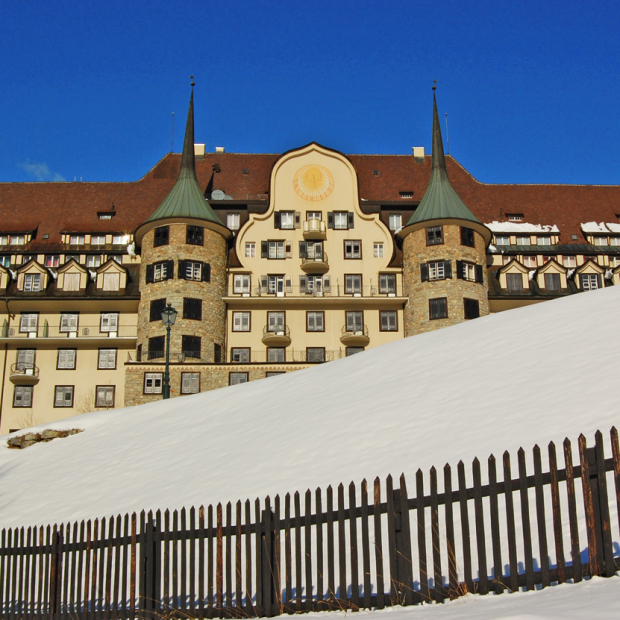
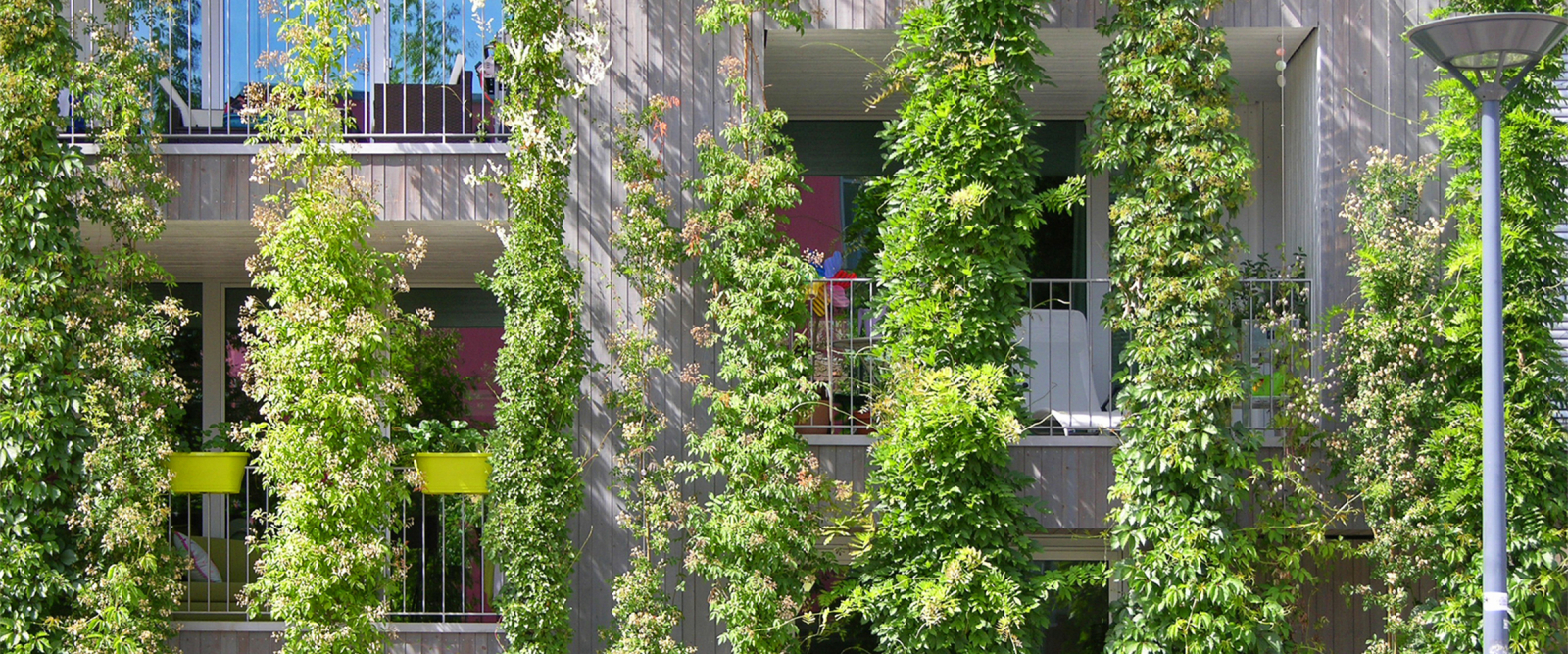
Forum on climate-smart urban development
Heat-island effects in cities and agglomerations have exacerbated the impact of global warming. Municipal authorities, real-estate developers and planning firms are now being called upon to introduce effective heat-reduction strategies. Taking the initiative, EBP recently organized a virtual forum to enable an exchange of ideas.
On November 3, 2020, more than 100 interested individuals took part via live stream in the EBP forum on climate-smart urban development. The forum included speakers from various disciplines who reported on their experiences in the areas of climate-smart urban planning, project development, materials and building-surface design.
The animated discussion that followed illuminated the challenges to be faced and the valuable experience that has been gained in the context of wider efforts to protect our urban climate. Forum participants benefited especially from the various perspectives shared, including those of public agencies, planning firms, real-estate developers, researchers and members of the forum audience.
Preventing heat islands
The scope of the digital forum was broad. Nicolas Perrez of the Winterthur Urban Development Office shared his experience of approaching the issue of smart-climate solutions from the perspective of an entire city. With reference to the “Winterthur City Climate” plan, Perrez outlined a number of promising strategies and measures.
Climate-smart site development
This topic was addressed by Debora Heitz of EBP who shared the experience she gained in the framework of the architectural-design competition for the Goldacker site, which was organized by the Zurich City Planning Office on behalf of the Sonnengarten real-estate cooperative. Heitz offered an insightful account of the key instruments available in the context of project development.
Climate-smart use of materials, surface designs and vegetation
Dominik Strebel, professor of building physics at ETH Zurich and the affiliated Swiss Materials Science and Technology Institute (EMPA), reported on the case of Münsterhof in Zurich. Based on his own models, Strebel was able to elucidate the ways in which different building and space designs influence heat development.
Contributions to be made by building owners
Marco Feusi, CEO of HIAG Real Estate, enumerated a number of measures that building owners can implement to bring about climate-smart solutions. He backed up his findings with an account of his experience of developing the Rohner site in Pratteln.
Securing climate-smart solutions in planning and construction processes
Architect Claudia Thiesen of the Thiesen & Wolf architectural firm rounded off the discussion by presenting an experience-based account of what can be done in the context of actual planning and construction.

